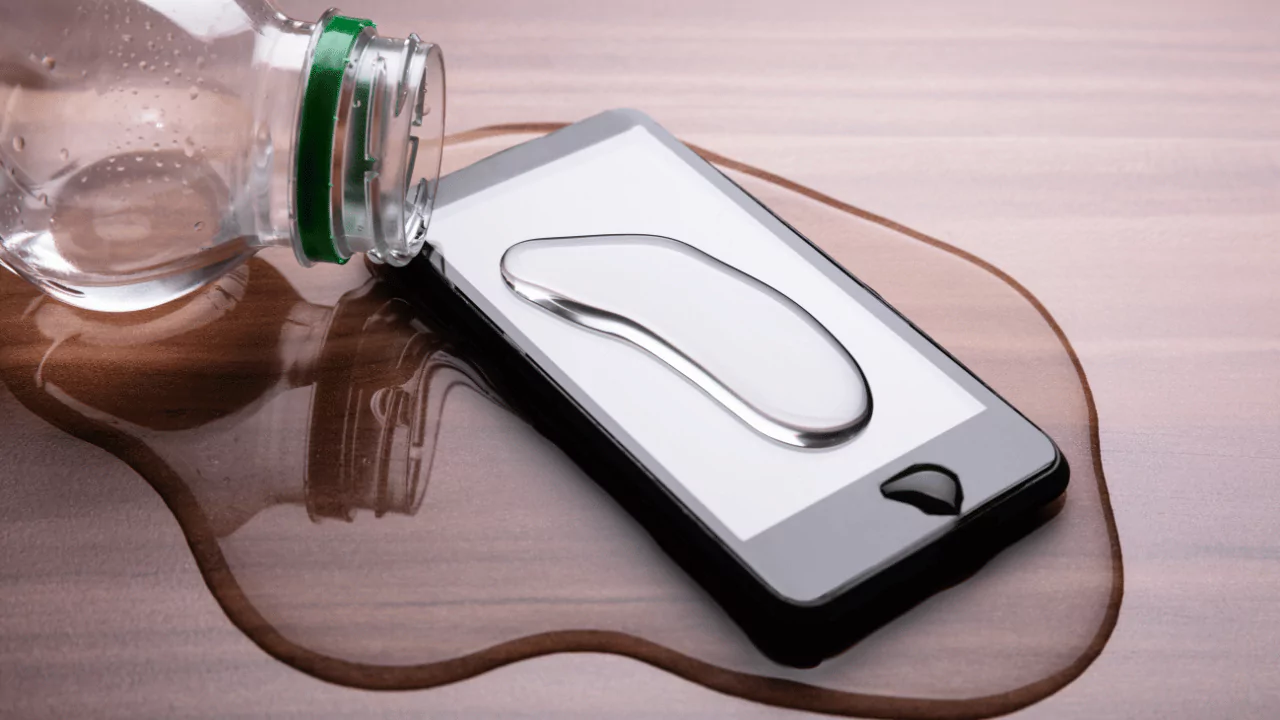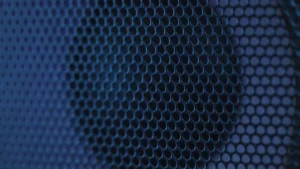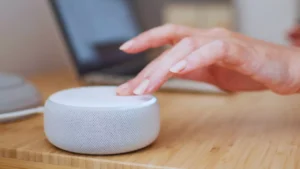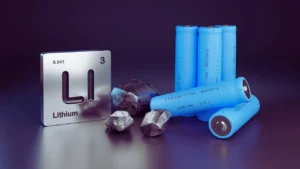If you have ever dropped your phone in water or spilled a drink on it, you know how frustrating it can be to deal with a wet phone speaker. The sound quality may be distorted, muffled, or completely gone. You may also experience other problems with your phone, such as battery drain, overheating, or corrosion.
To remove water from your phone speaker, you can follow these steps. First, use a microfiber cloth to gently clean the exterior of the phone. Next, tap the phone against your hand with the speaker facing downwards to help push the water out. Ensure that the charging port and speaker openings are facing downward during this process. Once the outside is dry, remove the SIM tray and card if present. You can also try placing the phone in a container of rice or silica gel to draw out moisture or use a specific tone or app designed to eject water from the speaker.
In This Article:
Why You Need to Act Quickly When Your Phone Gets Wet?
Acting quickly when your phone gets wet is crucial because water and electronics don’t mix well, and the longer your phone stays wet, the greater the chance of permanent damage. Here’s why it’s important to act fast:
1. Short Circuits: Water conducts electricity, and if it reaches sensitive internal components, it can cause short circuits. This can instantly fry vital parts of your phone, rendering it unusable. The faster you remove the water source and turn off your phone, the less likely this is to happen.
2. Corrosion: Even freshwater can cause metal components inside your phone to corrode over time. This corrosion can damage circuits and eventually lead to malfunctioning features or complete device failure. Acting quickly helps minimize the exposure and potential for corrosion.
3. Mineral Deposits: Minerals dissolved in water can leave deposits on internal components, hindering their functionality. The longer your phone is submerged, the more deposits can build up, making it harder to clean and recover the device.
4. Data Loss: While not immediate, water damage can also affect your data storage. If essential components like the memory chip get wet, you could lose valuable photos, contacts, and other important information. Prompt action allows you to focus on drying the device and potentially salvaging your data.
5. Health Risks: Saltwater poses an additional risk, as salt can accelerate corrosion and potentially damage the battery, leading to overheating or even leaks. Removing your phone from salt water as soon as possible is crucial.
The Risks of Water Damage to Your Phone Speaker
Your phone speaker is one of the most vulnerable parts of your phone when it comes to water damage. This is because it has a thin membrane that vibrates to produce sound waves. Water can easily get inside the speaker and damage this membrane, making it less responsive or unable to vibrate at all. This can result in poor sound quality, low volume, or no sound at all.
Water can also damage the wiring and connections that link your phone speaker to the motherboard and other components of your phone. This can cause your phone speaker to stop working altogether, or to produce distorted, crackling, or buzzing sounds. Water can also cause your phone speaker to short circuit, which can damage your phone’s battery and other parts.
If you notice any of these signs of water damage to your phone speaker, you should try to get water out of your phone speaker as soon as possible and take your phone to a professional repair service if the problem persists or worsens.
How to Get Water Out of Your Phone Speaker Quickly?
There are several methods that you can try to get water out of your phone speaker quickly. However, none of these methods are guaranteed to work, and some of them may have drawbacks or risks. Therefore, you should use them at your own discretion and follow the instructions carefully. Here are some of the most common methods:
Rice Method (Not Recommended)
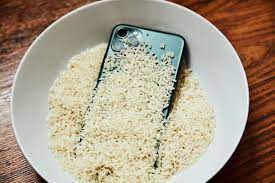
This is one of the most popular methods that people use to dry their wet phones. It involves putting your phone in a bowl or a ziplock bag of uncooked rice and leaving it for at least 24 hours. The idea is that the rice will absorb the moisture from your phone and draw it out of the speaker and other parts. However, this method is not very effective, as rice does not absorb water very well, and it can leave dust and starch inside your phone, which can cause more damage. Therefore, we do not recommend this method and suggest that you use other methods instead.
Silica Gel/Crystal Kitty Litter
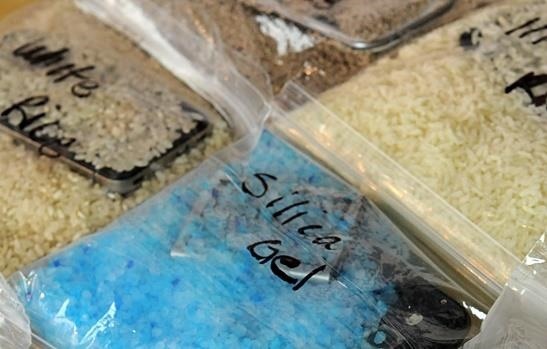
These are materials that are designed to absorb moisture and keep things dry. You can find them in packets that come with some products, such as shoes, electronics, or food, or you can buy them online or at some stores. You can also use crystal kitty litter, which is made of silica gel. To use this method, you need to put your phone in a container or a ziplock bag of silica gel or crystal kitty litter and leave it for at least 24 hours. This method is more effective than the rice method, as silica gel and crystal kitty litter can absorb more water and faster than rice. However, you need to make sure that the silica gel or crystal kitty litter is dry and fresh, and that you seal the container or bag tightly to prevent any air or moisture from getting in. You also need to be careful not to get any silica gel or crystal kitty litter inside your phone, as they can be harmful if ingested or inhaled.
Eject Water Shortcut (iPhone)
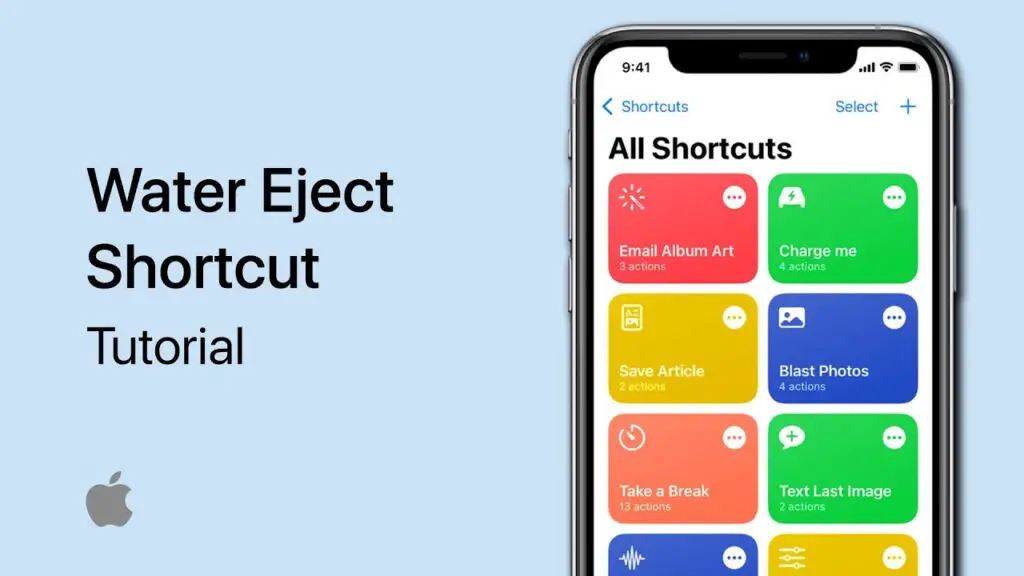
This is a feature that some iPhone models have, such as the iPhone 7 and later. It allows you to eject water from your phone speaker by playing a low-frequency sound that pushes the water out. To use this feature, you need to go to Settings > Control Center > Customize Controls, and add the Water Eject button to your Control Center. Then, you need to swipe up from the bottom of your screen to access the Control Center and tap the Water Eject button. You will see a blue water droplet icon and hear a sound. You need to hold your phone with the speaker facing down, and gently shake it to help the water come out. You can repeat this process until the water droplet icon disappears. This method is very convenient and easy to use, but it may not work for all types of water or all amounts of water. It may also damage your phone speaker if you use it too often or too forcefully.
Sonic App (iPhone)

This is an app that you can download from the App Store, which works similarly to the Eject Water Shortcut feature. It plays a low-frequency sound that pushes the water out of your phone speaker. To use this app, you need to download it from the App Store and open it on your phone. You will see a slider that allows you to adjust the frequency of the sound. You need to slide it to the lowest frequency possible and hold your phone with the speaker facing down. You will hear a sound and see a water droplet icon. You need to gently shake your phone to help the water come out. You can repeat this process until the water droplet icon disappears. This app is also very convenient and easy to use, but it may not work for all types of water or all amounts of water. It may also damage your phone speaker if you use it too often or too forcefully.
Vacuum Cleaner
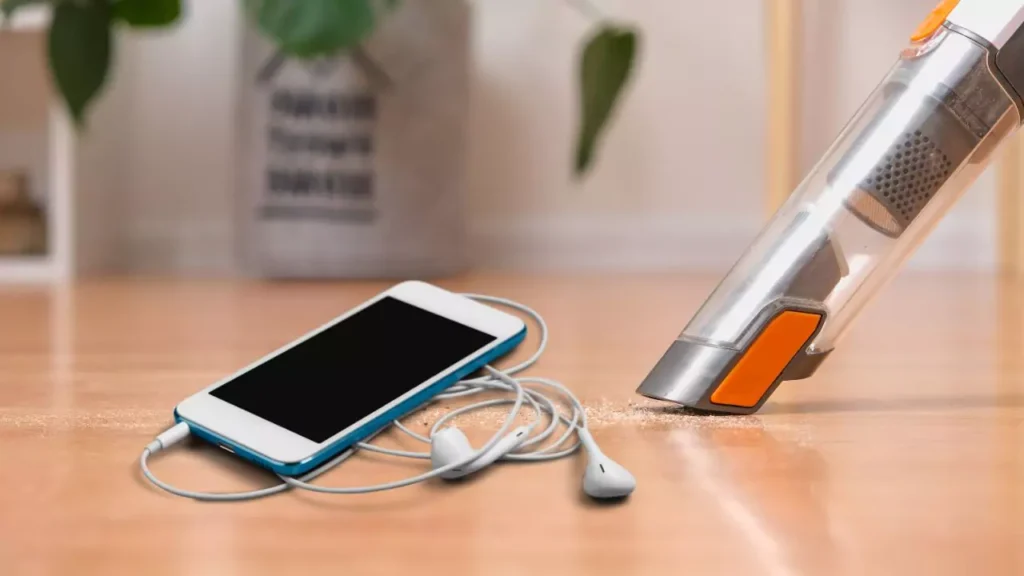
This is a method that involves using a vacuum cleaner to suck the water out of your phone speaker. To use this method, you need to find a vacuum cleaner that has a small nozzle attachment and turn it on to the lowest setting possible. You need to hold your phone with the speaker facing the nozzle, and gently move it back and forth. You need to be careful not to touch the nozzle on your phone, as this could scratch or damage your phone. You also need to be careful not to suck any other parts of your phone, such as the charging port, the headphone jack, or the microphone, as this could damage them or cause static electricity. You can do this for a few minutes, and then check if the water is gone. This method is fairly effective, as it can remove a lot of water quickly, but it may not work for all types of water or all amounts of water. It may also damage your phone speaker if you use it too often or too forcefully.
Air Drying
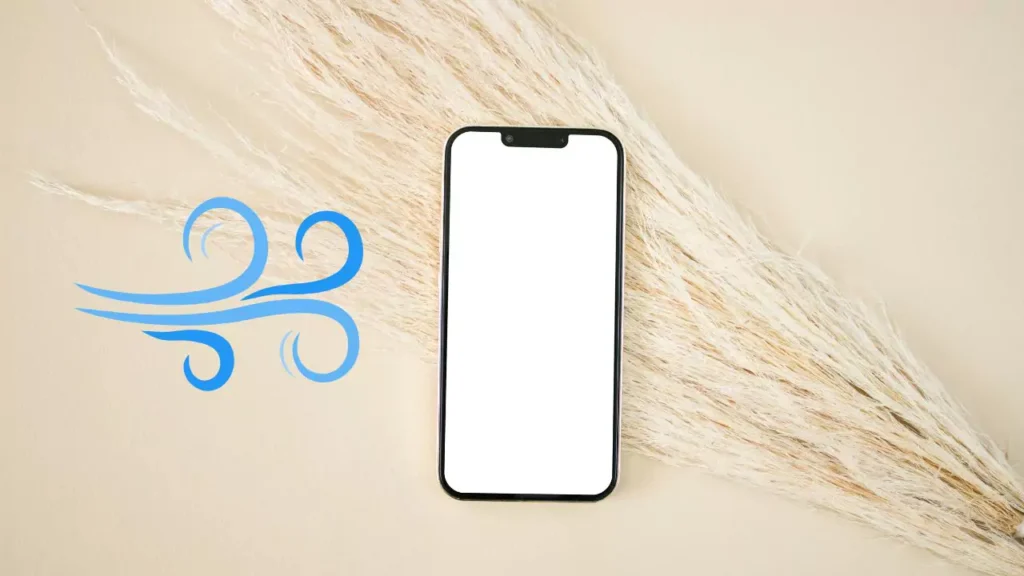
This is the simplest and safest method that you can use to get water out of your phone speaker. It involves leaving your phone in a dry and well-ventilated place, such as a windowsill, a desk, or a shelf, and letting the air evaporate the water naturally. You can also use a fan to speed up the process but do not use a hair dryer, as this could damage your phone with heat. You need to leave your phone for at least 48 hours and check if the water is gone. This method is very gentle and does not pose any risks to your phone, but it is also very slow and may not work for all types of water or all amounts of water.
Preventing Water Damage to Your Phone Speaker
The best way to deal with water damage to your phone speaker is to prevent it from happening in the first place. Here are some tips on how to protect your phone from water and avoid getting water in your phone speaker:
1. Choose Phones with Water Protection Ratings:
- Look for phones with an IP rating (Ingress Protection), like IP67 or IP68. These indicate the level of dust and water resistance, with higher numbers signifying better protection.
- Remember, even “waterproof” phones have limits, so be cautious around water.
2. Use a Waterproof Case:
- Choose a case designed specifically for your phone with a good reputation for water resistance.
- Ensure proper sealing and consider cases with built-in screen protectors for added security.
3. Purchase a Drying Kit:
- Invest in a silica gel packet kit specifically designed for electronics. These absorb moisture without damaging your phone.
- Some kits offer compressed air canisters for the gentle removal of water droplets.
4. Consider Phone Insurance:
- Phone insurance can offer peace of mind against accidental damage, including water-related issues.
- Choose a plan with appropriate coverage and compare costs before deciding.

